How to Choose the Right Aircraft Cable for Your Needs
Selecting the appropriate aircraft cable is crucial for ensuring safety, reliability, and efficiency in various construction and industrial applications. This guide provides comprehensive insights into the factors that should be considered when choosing aircraft cables, particularly focusing on the use of aircraft stainless steel lockwire and aircraft safety wiring.
Understanding Aircraft Cable
Aircraft cable, often referred to as wire rope, is made from twisting together strands of metal wire. It’s chiefly known for its strength and flexibility. The most common material used for these cables in the aviation industry is stainless steel due to its ability to resist corrosion and handle extreme conditions without fatigue.
The Importance of Material: Stainless Steel Lockwire
Aircraft stainless steel lockwire is a crucial component in the aviation sector. Its primary function is to prevent fastening devices from loosening and falling out due to vibration and other forces. This type of wire is essential in critical applications where failure can lead to catastrophic results, including the functioning of aircraft engines and structural integrity.
The quality of stainless steel used for lockwire is paramount. It must possess high tensile strength and excellent corrosion resistance. Stainless steel lockwire is not only used in aircraft but also in other areas such as automotive racing and manufacturing, where reliable and durable materials are necessary to ensure operational safety.
The Role of Aircraft Safety Wiring
Aircraft safety wiring also plays a pivotal role in the maintenance and assembly of aircraft. It is a method used to secure fasteners and other components that could potentially loosen due to the vibrations inherent in the operation of an aircraft. Proper safety wiring ensures that these components are kept tight and in place, preventing mechanical failures that could lead to accidents.
Safety wiring techniques are meticulous and require specific types of wire that can endure the operational demands of an aircraft. The wire must be flexible enough to be threaded through small spaces yet durable enough to withstand the harsh environment of an aircraft during flight.
Factors to Consider When Choosing Aircraft Cable
- Application Needs: Understand the specific requirements of your application. Different environments and tasks require different types of cable. For instance, cables used on the exterior of an aircraft may have different specifications from those used inside the aircraft due to exposure to environmental elements.
- Material Properties: Choose a cable material that matches your need for tensile strength, flexibility, corrosion resistance, and fatigue resistance. Stainless steel cables, especially those used for lockwiring and safety wiring, are preferred for their durability and resistance to rust.
- Cable Construction: Aircraft cables come in various constructions, such as 7×7, 7×19, and 1×19. The construction type affects the cable’s flexibility and strength. For instance, a 7×19 cable is more flexible and is suitable for dynamic loads, while a 1×19 cable is stiffer and better for static loads.
- Diameter and Length: The diameter and length of the cable must suit the load requirements and the installation area. Incorrect cable size can lead to inadequate support or failure under stress.
- Certifications and Standards: Ensure that the aircraft cable meets relevant standards and certifications. This can include specifications from organizations like the Federal Aviation Administration (FAA) or specific industry standards relevant to aircraft safety and construction quality.
- Supplier Reliability: Source your cable from reputable suppliers known for quality products and compliance with industry standards. Reliable suppliers will provide cables that consistently meet or exceed the required safety and quality benchmarks.
Best Practices for Installation and Maintenance
- Regular Inspections: Regularly inspect aircraft cables for signs of wear, corrosion, or damage. Early detection of potential issues can prevent failures.
- Proper Installation: Follow correct installation procedures, particularly when it comes to safety wiring techniques. Incorrect installation can negate the safety benefits of the cables.
- Maintenance Records: Keep detailed records of all maintenance and inspections. This helps in tracking the performance and lifespan of the cables and planning preventive maintenance schedules.
Conclusion
Choosing the right aircraft cable, especially when it involves critical components like aircraft stainless steel lockwire and safety wiring, requires careful consideration of multiple factors. By understanding the specific needs of your application and adhering to industry standards, you can select a cable that ensures safety, efficiency, and longevity in demanding industrial and construction environments. Always prioritize quality and compliance to ensure that the aircraft operates safely under all conditions.

